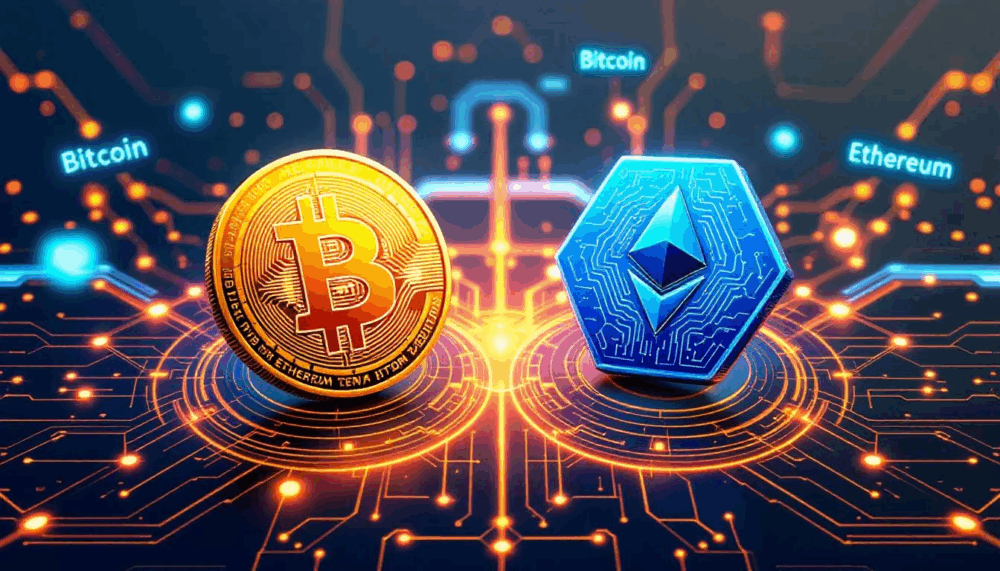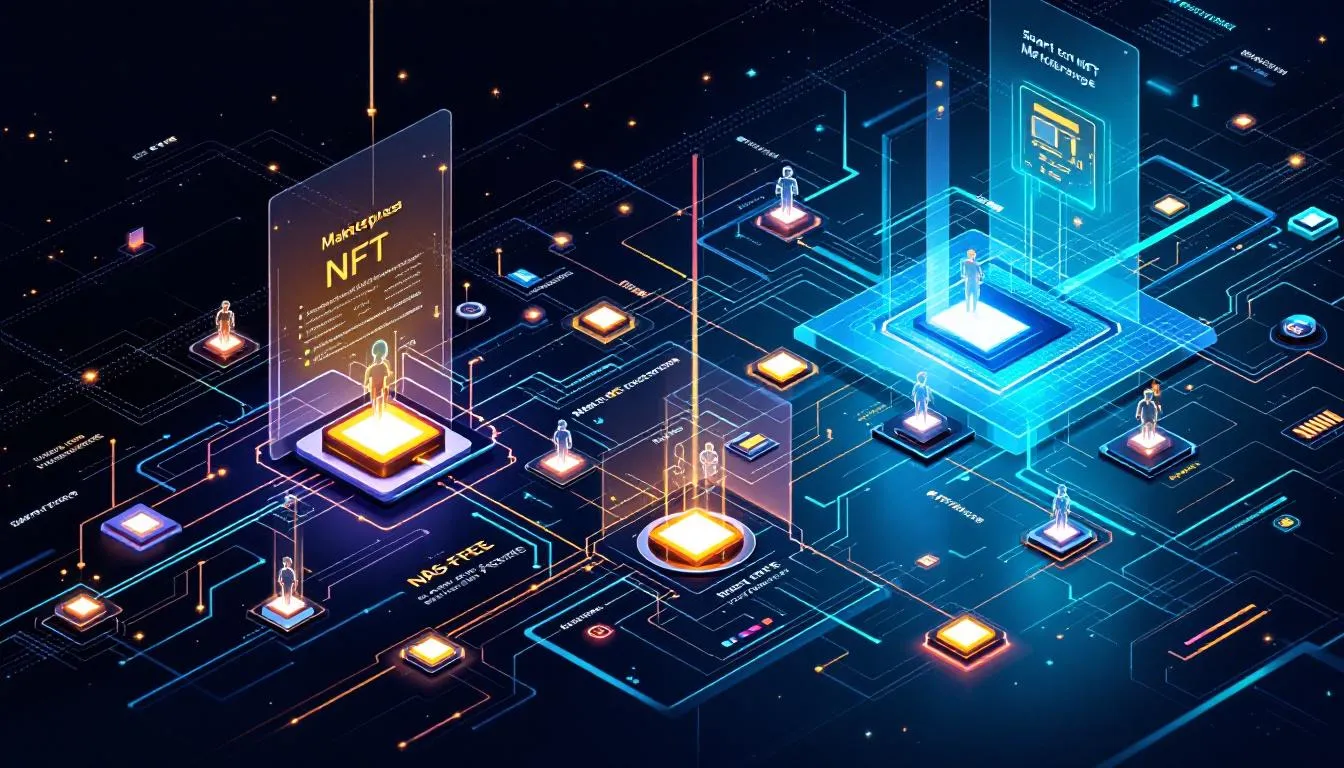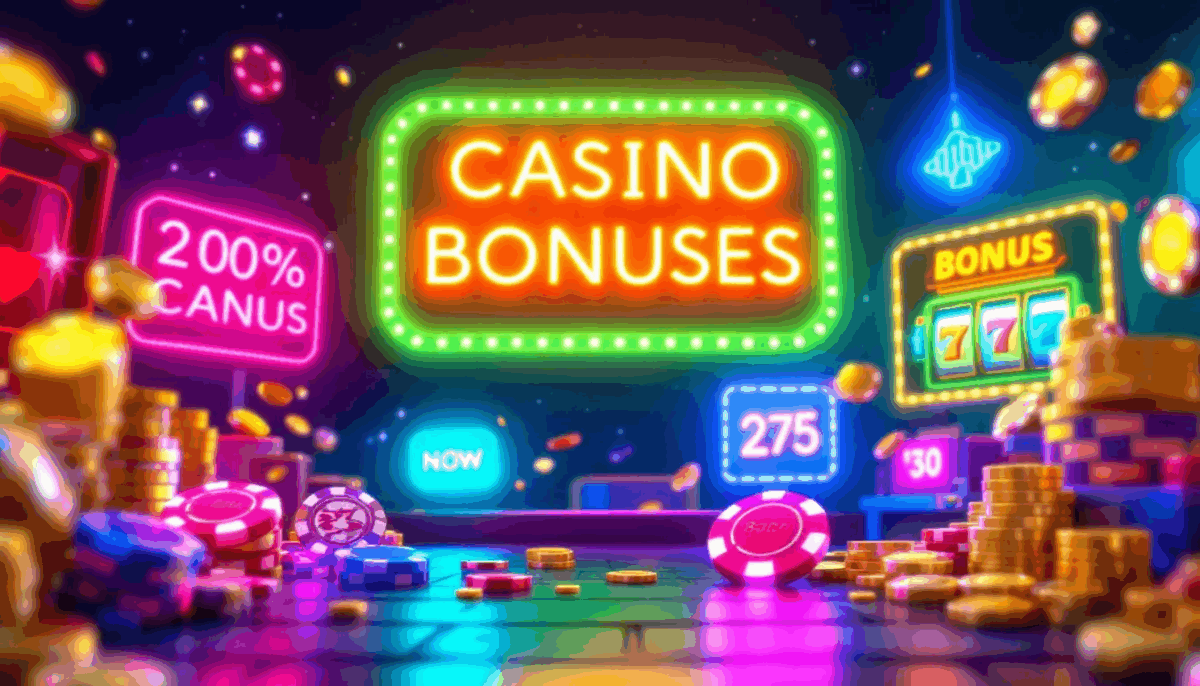Tron ($TRX) is a blockchain-based decentralised digital platform designed with a clear mission: to facilitate the cost-effective sharing of digital content on a global scale. Founded in 2017 by the Singapore-based Tron Foundation, Tron is more than just a cryptocurrency; it’s a comprehensive ecosystem aimed at revolutionising how we interact with digital content.
Tron has its own in-house cryptocurrency, called Tronix or $TRX (sometimes also referred to as $TRON) which is listed on over 130 exchanges. This digital currency is integral to powering the network’s various decentralised applications (dApps) and enjoys a strong presence in the crypto market. The platform distinguishes itself with its unique consensus mechanism known as “delegated Proof-of-Stake” (DPoS). This system is designed to be more democratic, efficient, and scalable compared to traditional Proof-of-Work (PoW) or Proof-of-Stake (PoS) mechanisms. In DPoS, users vote for representatives who are responsible for validating transactions and producing new blocks in the blockchain.
Tron leverages blockchain and peer-to-peer (P2P) network technology to eliminate intermediaries, enabling content creators to directly sell their work to consumers. Initially focused on the Asian market, Tron has now achieved a global footprint. As of January 26 2024, the platform boasts approximately 208 million accounts and has processed over 7 billion transactions. Despite facing criticism regarding its decentralisation and questions about its founder, Justin Sun, Tron has grown into one of the largest and most active blockchain networks globally.
From ICO to independent network
The brainchild of Chinese entrepreneur Justin Sun, Tron was born in 2017 and quickly raised $70 million through an initial coin offering (ICO). Initially, Tron operated as a layer-2 network on the Ethereum blockchain, leveraging the existing infrastructure while building its unique ecosystem.
However, in a significant move towards independence, Tron migrated to its own layer-1 network in June 2018. This transition was a bold step in establishing its autonomy but also brought with it allegations of whitepaper similarities with Ethereum, stirring controversy in the crypto community. Post-migration, Tron embarked on a path of strategic growth, marked by key acquisitions such as BitTorrent, Steemit, and DLive. These acquisitions were not just expansions but also a reinforcement of Tron’s commitment to building a robust digital content ecosystem. Today, Tron stands as a host to one of the largest circulating supplies of stablecoins and supports a variety of tokens on its network, including the BitTorrent Token ($BTT).
How does Tron work?
Tron’s blockchain operates with a sophisticated system of governance and technology. At the heart of this system are 27 super representatives (SRs), pivotal in maintaining the transaction history of the Tron ecosystem. These SRs are selected every six hours, playing a crucial role in validating transactions. In recognition of their vital services, they are rewarded with $TRX coins, the native cryptocurrency of Tron. The blockchain sees a new block added every three seconds, and the representatives responsible for this addition receive 32 $TRX coins as compensation.
Tron users can participate in network governance through staking. By locking $TRX, users receive Tron Power, which grants them voting rights for super representatives. Its technical infrastructure utilises a stack-based virtual machine, optimised for executing instructions swiftly and effectively. The platform’s smart contracts are primarily written in Solidity, among other advanced programming languages, showcasing Tron’s commitment to leveraging cutting-edge technology.
Additionally, Tron features a unique distributed storage protocol, comprising Block Storage and State Storage. This protocol integrates the concept of a graph database into the storage layer’s architecture, enhancing its capability to meet diverse real-world data storage needs. The Tron network offers a fertile ground for developers, enabling them to create a wide array of dApps and specialised wallets. The platform’s capacity to deploy and execute smart contracts opens up limitless possibilities for utility applications, marking Tron as a versatile and powerful blockchain network.
Trio of node types
Tron’s network is distinguished by three distinct types of nodes: Witness Nodes, Full Nodes, and Solidity Nodes. Witness Nodes, established by the SRs, have the critical task of producing blocks and voting on proposals. Full Nodes play a key role in broadcasting application programming interfaces (APIs), transactions, and blocks, ensuring seamless communication across the network. Solidity Nodes synchronise blocks from Full Nodes and provide APIs that are indexable, enhancing the network’s functionality and accessibility.
Allegations against Justin Sun
Last year, Justin Sun found himself embroiled in legal challenges with the United States Securities and Exchange Commission (SEC). The lawsuit revolves around allegations of securities market manipulation and illegal crypto sales.
The regulatory watchdog alleged $TRX and $BTT are unregistered securities, and claimed Sun created an “extensive wash trading” program to boost their trading volume. It accused Sun of orchestrating a scheme to artificially boost the trading volume of $TRX through wash trading.
According to the SEC, Sun directed his employees to execute over 600,000 wash trades between two cryptocurrency trading accounts under his control. The court documents reveal that these trades were carried out by employees of the Tron Foundation. Furthermore, it is alleged that the accounts involved in this scheme were managed by the BitTorrent and Tron foundations, with Rainberry employees facilitating the transfer of funds necessary for executing these trades”.








